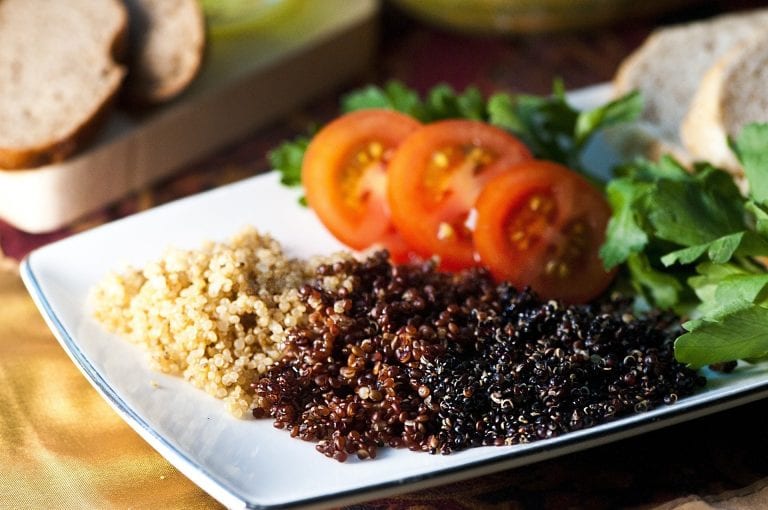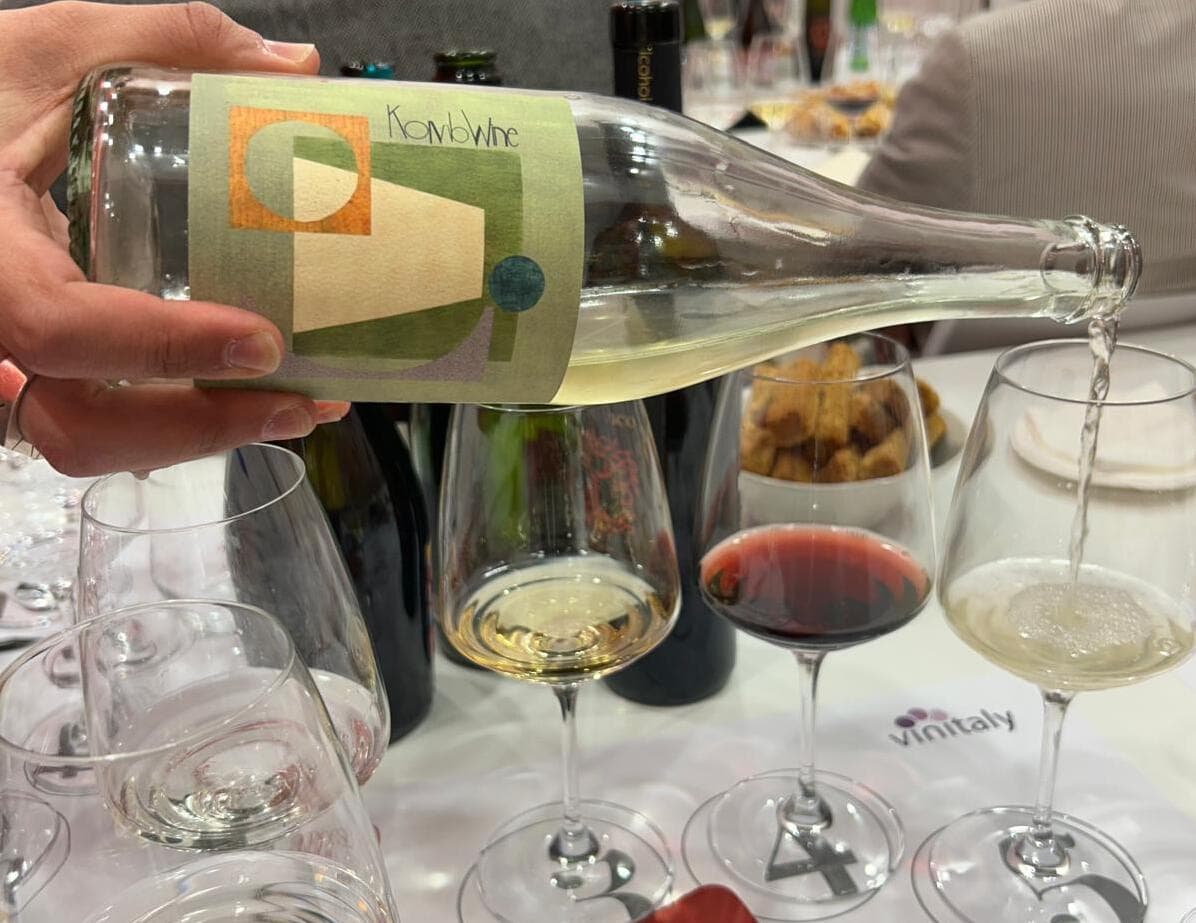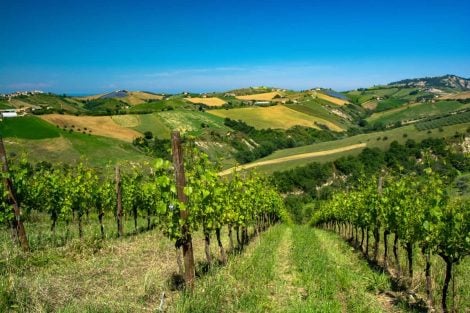Ideal base for fresh dishes to be enriched with vegetables, fish or meat and perfect ingredient for excellent veggie burgers as well, quinoa is certainly appreciated by those who go meat-free: valuable ally in the kitchen and a product with many nutritional properties suitable for many recipes.
What is quinoa and where it comes from
Often mistakenly referred to as grain, quinoa belongs to the Chenopodiaceae family, the same one as spinach and beetroot. An ancient crop native to the Andes about six thousand years ago, it is still cultivated, mainly in South America, at an altitude of over three thousand metres. Quite resistant to cold temperatures and to stony and dry terrain, this crop has also the capacity to grow in water-deficient soil. FAO has declared 2013 as the International Year of Quinoa, so as to highlight its potential contribution to the fight against hunger and malnutrition in many countries around the world. Quinoa is a precious food resource, other than a biodiversity preserver (there are 200 different cultivars). It is no coincidence that the Incas used to call it chisiya mama, 'the mother of all grains'.
Nutritional properties of quinoa
Gluten-free, its grains represent a great source of starch, rich in fibres, minerals, vitamins and proteins. Quinoa has also a good content of calcium, phosphorus, iron, magnesium and zinc, while it is cholesterol-free. Its peculiarity lies in the presence of 9 essential amino acids, that are essential to keeping your body functioning properly. In addition, quinoa seems to be particularly beneficial for people with type 2 diabetes: researchers at the University of São Paulo in Brazil have found that quinoa is especially rich in an antioxidant called quercetin, that has been shown to play an important role in developing dietary strategies for managing type 2 diabetes and associated hypertension
How to cook quinoa
Many are its uses in the kitchen: it is an excellent base for cold salads or hot soups, but also for preparing veggie burgers, meatloaf and croquettes. Besides, it is possible to make homemade quinoa milk, by soaking the grains, then blend them with water (one litre of water per 70 g): once strained, the result is a flavoursome dairy-free alternative for vegans and individuals with lactose intolerance. To cook it, instead, simply rinse the grains, then toast them in a pan with a little oil, adding two parts water and cook over medium heat, until the water is fully absorbed. Fancy stuffed vegetables? Quinoa can be used as rice substitute in the filling of baked tomatoes, to stuff courgettes or peppers, or to make delicious stringy tomato sauce and mozzarella casseroles. Lastly, quinoa grains can be turned into a fine flour, perfect for preparing crêpes, pancakes, cakes and bread.


 Versace opens a super hotel with an Italian restaurant. Here's what Donatella Hotel & Restaurant in Miami will be like
Versace opens a super hotel with an Italian restaurant. Here's what Donatella Hotel & Restaurant in Miami will be like At The Crown Tirana, service and quality at the highest levels
At The Crown Tirana, service and quality at the highest levels We tasted Komb(w)ine, the new product that combines grape must and kombucha. Here’s our verdict
We tasted Komb(w)ine, the new product that combines grape must and kombucha. Here’s our verdict What changes for the export of Italian wines to China under the new regulations?
What changes for the export of Italian wines to China under the new regulations? “Forget dealcoholised wines. The future is Komb(w)ine.” Moser and Ravizza present a new grape must-based product
“Forget dealcoholised wines. The future is Komb(w)ine.” Moser and Ravizza present a new grape must-based product






